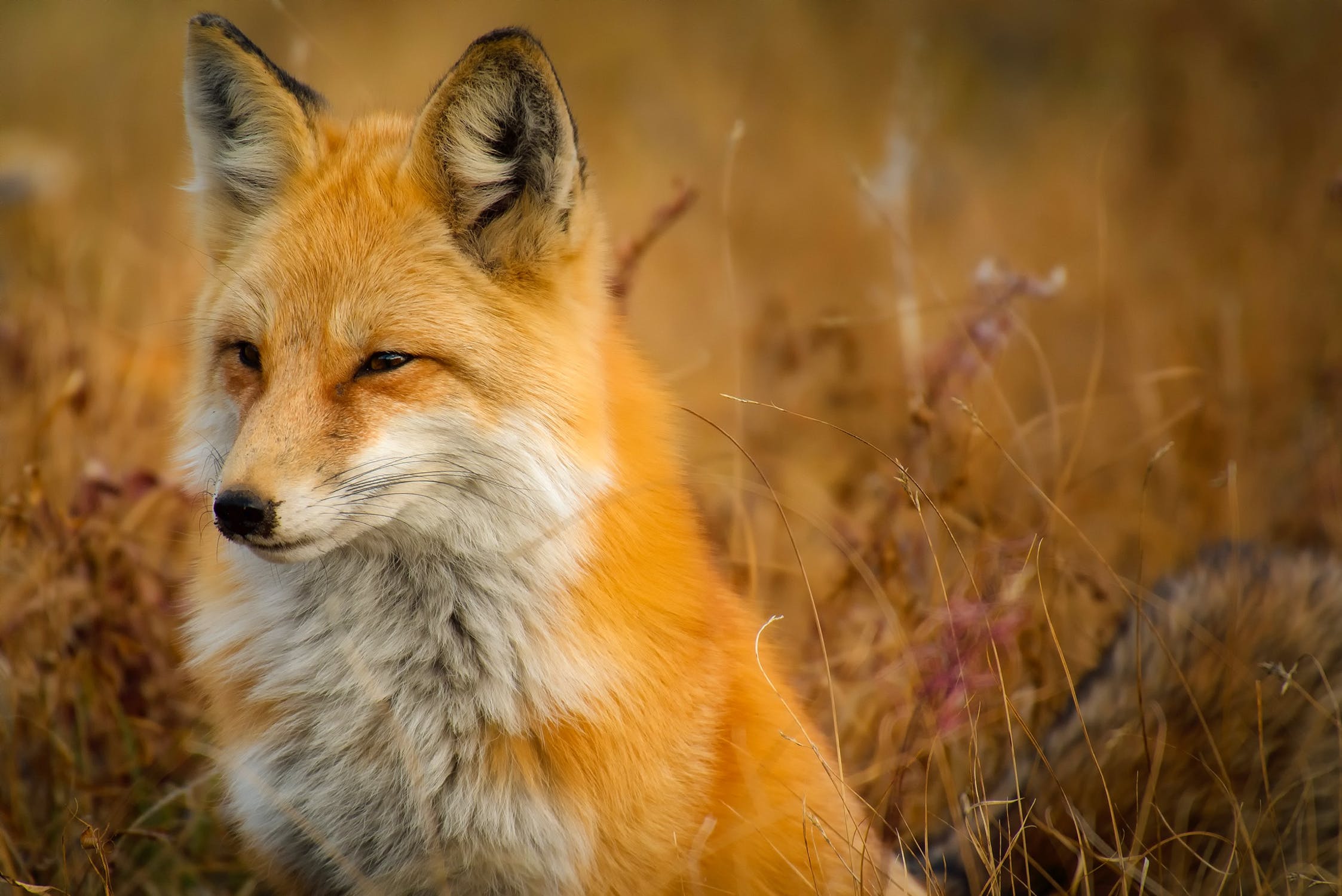
Re Wilding in the UK. What is it? Does it work? Is it a desirable thing?
Re-wilding is a relatively modern term, coined in the last 30 years and made famous by TV personalities and programs. However, there is value in the process, if carried out correctly.
What is rewilding? Fortunately for us, nature has a massive propensity for self-healing. Re-wilding is essentially, allowing nature to fix itself (usually, from the damage we have caused). In some cases, this can be done “laissez-faire”, i.e. allowing nature to get on it with it without human influence. Nature strives to achieve a balance and can normally do so, in a healthy environment. In instances where the ecosystem has become overburdened and cannot self-right, human intervention may be necessary. In other words, rewilding is about letting nature get back to a natural, balanced state, where nature takes care of itself once more. The degree to which human intervention is needed in the re-wilding process is wholly dependent on the level of environmental damage.
The human aspect in the re-wilding process should not be overlooked and in fact, can be integral to the process’s overall success. Re-wilding should not be carried out to the detriment of humans. In fact, it should be complimentary to the human condition as this positively encourages people to support re-wilding. After all, a healthy, thriving natural world can be a fantastic source of revenue. Local consultation should be mandatory.
Benefits of re-wilding. The most obvious positive is that certain “wild” environments such as forests, can sequester vast amounts of CO2. Re-wilding Britain claims that six million hectares of wild land could sequester as much as 47 million tonnes of C02 in the UK. That is the equivalent of approximately 10% of the UK annual CO2 emissions. Nothing to be sneezed at. Alongside this, a cleaner environment leads to higher output and productivity as well as better quality agricultural produce.
Reversing bio sphere loss. This principle states that we should do our upmost to reverse decline in local populations of flora and fauna. As stated previously, nature does have the ability to self-right but may require help in getting the process started.
Long-term environmental security. This is the final goal of re-wilding. From repopulating areas with naturally occurring flora and fauna (even if previously eradicated in that area) to creating long-term sustainability, re-wilding is basically allowing for nature.
Scale. The idea is to create a series of natural environments all of which are connected, physically, to create a massive, country wide network. This “island and corridor” distribution will give nature the best chance of recovery. Obviously, the larger the scale of re-wilding, the more benefit there is. However, small scale re-wilding can and does help immensely.
Health and physiological well-being. Better and more nutritious food, cleaner air and water, protection from erosion and flooding; are all potential benefits of a more intertwined natural environment. This will benefit humans on a small and large scale. Perceptible health and psychological improvements, improved financial possibilities, better long-term prospects for the environment and residents.
Dangers of re-wilding. As with the implementation of any new system, there is always a potential for error and danger. For example, there is a now famous case from Iceland where an area was re-wilded with various herbivores and then left without human intervention. The only cap on herd growth was availability of food ergo local flora populations were devastated. This proved that this was an ineffectual strategy and that actually, the rewilding process does usually benefit from human involvement.
Another example of a “re-wilding” danger, is that in unmanaged environments, there is greater potential for the transmission of diseases. For example, the illegally released wild boar population currently wandering Scotland is thought to be a vector for the spread of MRSA.
Overall, in long-term studies, re-wilding has been shown to be of great benefit, initially to local wildlife and then to the people that live in the area. Re-wilding can help stimulate local economies and subsequently help improve infrastructure. Obviously, the most important aspect
The Bushgear Team


